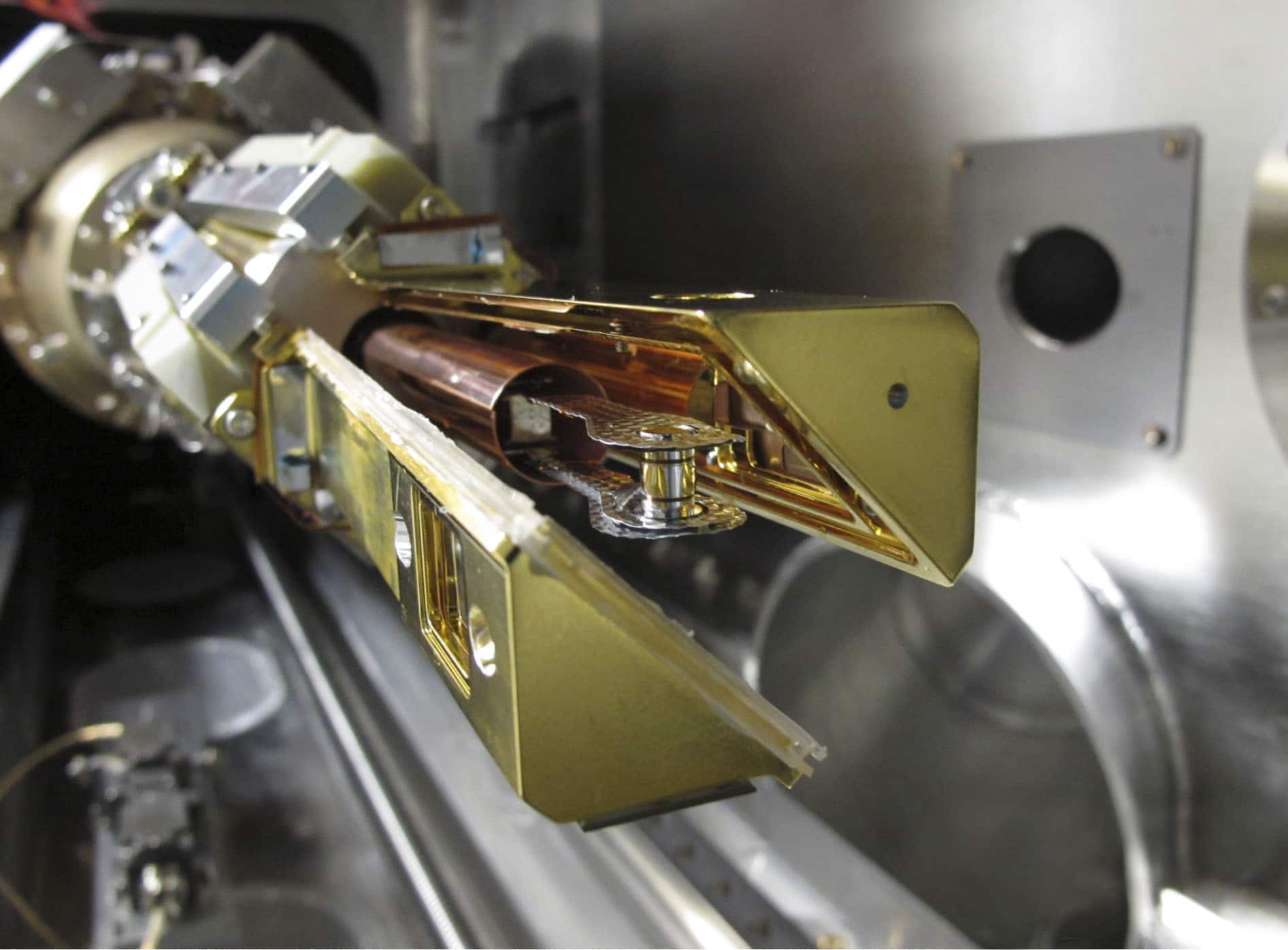Laser Driven Fusion Explained

Written by Tim Lash, Focus Fusion Society Contributor.
FocusFusion.org has featured several laser based fusion stories. This is another, but from a slightly different angle. A couple summers ago Dr. Kate Lancaster gave a presentation to the Royal Institute in London. Her talk covers laser basics, high energy laser interactions with matter and laser driven fusion. Fortunately this talk was captured on video and preserved on Youtube. Dr. Lancaster studies the use of lasers for inertial confinement fusion.
The lecture begins by covering laser basics. She explains how laser light is generated and its unique characteristics. One interesting fact she shared is that the average home has three lasers. This contrasts with the sentiment right after discovery; that the laser was a solution looking for a problem. Well lasers now solve a wide variety of problems quite successfully. In fact this article made it to your computer thanks to lasers routing the information via optical cables. Thanks lasers!
Dr. Lancaster’s work specializes in extremely high energy lasers. She carefully describes the techniques used to amplify laser pulses to petawatts of power. Laser light leaving a lasing cavity undergoes much manipulation to achieve high energy. However, once directed onto a target, all manner of interesting effects occur. A slide labeled “All the Physics, ever” enumerates all the events that can happen to matter when a petawatt power laser shines on it. In fact this type of interaction falls into a class known as Relativistic Optics. Relativistic Optics is the range currently accessible to our most powerful lasers. Yet, Ultra Relativistic Optics is on the horizon with lasers being planned and built.
Beginning at the mid-point, and for the rest of the hour long video, Dr. Lancaster describes inertial confinement fusion driven by lasers. She describes both direct driven schemes as well as the more prevalent indirect driven attempts. In fact, the most well known example of the indirect variety is carried out at the National Ignition Facility (NIF). She goes on to detail the fusion efforts at NIF. A slide covering the significant milestones achieved at NIF very effectively demonstrates the current state of results.
Overall the video is quite engaging and provides great insight into how high powered lasers can be used in fusion research. Of course LPPFusion has over forty videos that describe their work. Head to the LPPFusion YouTube channel to enjoy those videos.